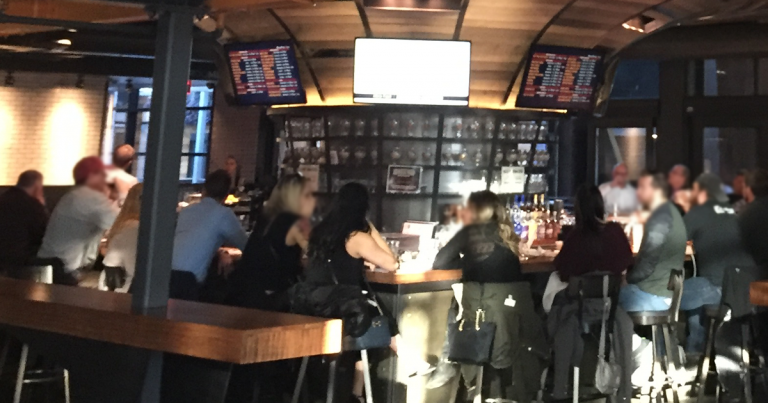As an acoustical consultant, I often have trouble answering the “what do you do?” question. The basic answer is quite easy, but unless the person asking the question is an architect, performing artist, or involved in music, they often don’t have a clue what the job entails. I run into this just about anytime I meet and get to know someone new. People genuinely want to know and understand what I do for a living but sometimes I’ve had a hard time communicating my trade. So what exactly does an acoustical consultant do, anyway?
I wasn’t able to really capture it until a small group went to dinner one evening at a popular restaurant. We arrived in the middle of the dinner rush and had to wait for an hour in the crowded bar that was standing room only. Conversation was a bit difficult, and we had to force ourselves to talk at raised levels just to be heard by the person next to us. We ended up playing an awkward game of “operator” where the conversation had to move from person to person resulting in a collective group nod once the thought was passed down the line. When we were finally seated, we again had to talk in raised voices or else lean in and strain to hear and be heard. Stressful!
After dinner, when we paid our bill and exited the restaurant, we were greeted by a blast of cool air and the silence of the parking lot… relief! One of my friends expressed how tired she was and how worn out she felt from our meal; she loved the food but hated the noisy environment. And she was right; it was constant work to communicate, leaving our whole group stressed from the elevated noise levels.
Now I had a great example of what I did for a living! We chatted about how great the food was, but how unfortunate it was that we couldn’t enjoy the experience together. We were finally having a meaningful conversation – a luxury that eluded us at the restaurant.
“This is what I do!” I proclaimed! We talked about how the restaurant owners had chosen very nice tile floors, drywall walls with custom paint, and high ceilings, and just how striking the room looked. The owners had nailed almost every detail… incredible food and a beautiful room; they just forgot to hire an acoustical consultant.
I was able to explain that my job is to help design the ambiance of the room, and that by selecting specific materials we could change the acoustics of any given room – from a quiet romantic dining room to a lively jazz club, you name it. Each restaurant environment has an ideal acoustical environment, and someone has to design it. That’s what we do. As acoustical consultants, we apply these same principles to everyday situations (like hospitals, universities, schools, and offices) and of course, we also apply them to performance environments (like auditoriums, performing arts centers, and sanctuaries).
Oftentimes, we find that the owners and designers are trying to achieve a specific look, but they are unaware of the multitude of acoustical products that will meet the desired aesthetic while improving the ambiance and providing great room acoustics. New products come out every month that look and feel exactly like the old classic high-end materials, but also serve an acoustical purpose. And if you’re not on top of it, you will design a space that looks great, but sounds terrible. And the only positive outcome is that it will give me another chance to say “This is what I do!”
